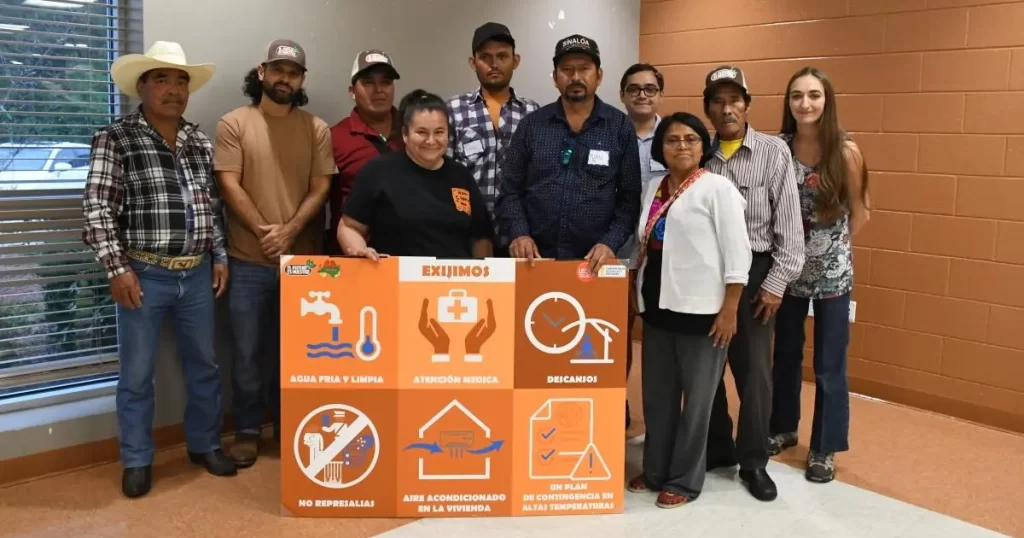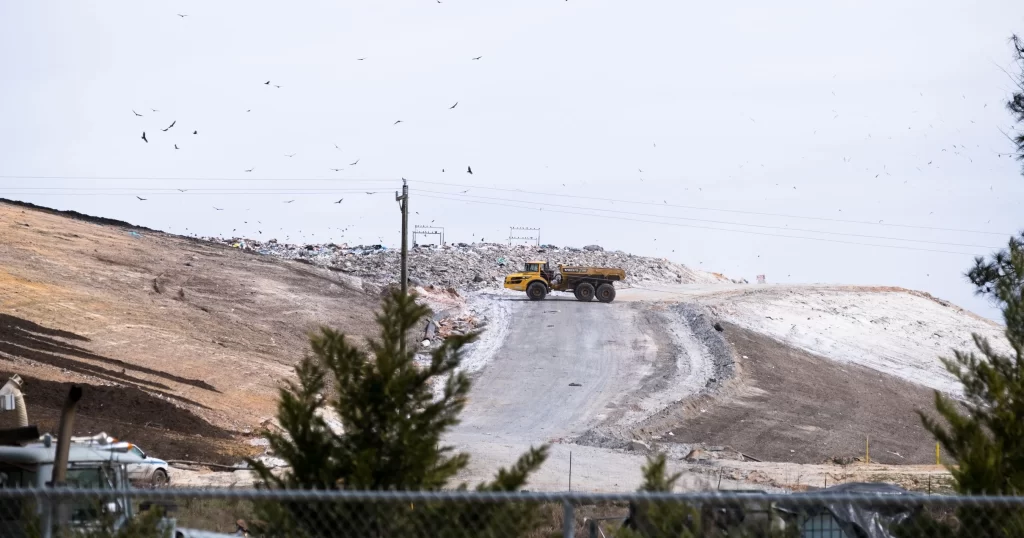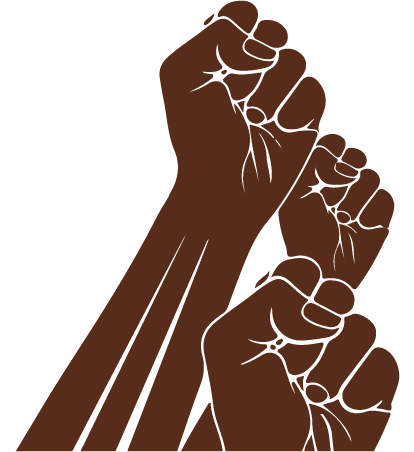Dr. Chris Hawn –
NCEJN Co-Director of Research Dr. –
This week I joined government officials, advocates, and EJ leaders from across the country to mark the one-year anniversary of the Biden Harris Administration’s EJ Executive Order. I was honored to be invited to our nation’s capital to learn, witness, and celebrate all of the work behind the legislation and to see how people have used that executive order as a blueprint to improve EJ for all in the past year.
The gathering was titled “White House Summit on Environmental Justice in Action” and if you’ve had any dealings with the federal government, “action” is not exactly their strong suit. Red tape, protocol, and bureaucracy often get in the way of even the most seemingly straightforward steps. However, this week I saw a slew of persistent, determined, and incredibly patient people who have managed to turn the massive cogs of the government machine towards justice.
The White House Council on Environmental Quality (CEQ) hosted this summit. Their office is charged with guiding all of the government agencies to incorporate EJ into their agencies. Yes, every single government agency, from the Department of Interior, Department of Justice, NASA, you name it, has had to hire EJ positions and create plans and protocols to do environmental justice.
Now, how have they been doing on this mission? Given that they’ve never had to do it in the past, all progress is unprecedented improvement. But you can judge for yourself with the EJ scorecard that the White House published yesterday. It provides a list of steps that each agency has taken over the year. Some of those steps were big. But all of them are due to the EJ leaders who have been pushing for these changes for decades.
EJ leaders are able to interact with the federal government through funding solicitations, research, and advisory councils. Agencies used these tools to receive and implement feedback and recommendations from advisory councils and seek out funding proposals that center EJ communities.
For example, Dr. Beverly Wright of the Deep South Center for Environmental Justice, has lived in, researched, and fought for changes in “Cancer Alley” Louisiana for over 30 years. Last year she published a report called Living and Dying in Cancer Alley: The More Things Change, The More They Stay the Same. It details how the 85-mile corridor of petrochemical facilities have reduced their overall greenhouse gas emissions, but the remaining facilities have increased the concentration and burden in Black communities. Improvement without justice.
However, this past April, the EPA created new air emission regulations targeted at those facilities that will reduce those emissions by 80%. Dr. Beverly’s research and advocacy over her career has been relentless. She has pushed each White House since the Clinton administration to take actions to protect her community and those like it around the country.
She was full of jokes and pride as she showed the major federal contributions since she started. A smattering of things in the ’90s, including Bill Clinton’s original Executive Order on Environmental Justice in 1994. Visually, she showed us that in the last three years, the federal government has done more in EJ than the last 30 years.
Another line on the EJ scorecard is from the Justice 40 funding. That’s a designation that 40% of all federal funding should go to the benefit of communities impacted by environmental injustice. Some community groups have already been awarded funds and started putting their vision into action.
Keith Baker from St. Paul, Minnesota, talked about his project Reconnect Rondo, a group using Department of Transportation funding to reimagine and revive a Black community destroyed by a 1956 freeway project running through their neighborhood. Back then 700 homes and 300 businesses were lost from the creation of the freeway. Now, this project is purchasing 21 acres of land to invest in affordable housing and businesses to honor the lost community and uplift their descendants.
EJ leaders have been speaking directly to the White House through White House Environmental Justice Advisory Council (WHEJAC). Dr. Wright serves on that council, and now so does North Carolina’s own Anita Cunningham from the NC Survival School. Anita will get to make recommendations that will shape White House guidance on the rest of the federal government.
The energy of this space was electric. I got to witness history from the people who spent years making it. These EJ elders, Dr. Wright, Dr. Robert Bullard, Richard Moore, and Peggy Shepard, were energized from their successes and hopeful for the future. They were able to do so much with so little for so long.
But we stood in a packed room of people who had made history and were just getting started. People could look across the room and see the power that we held collectively. Almost like the future could be ours – if we get into gear.





















